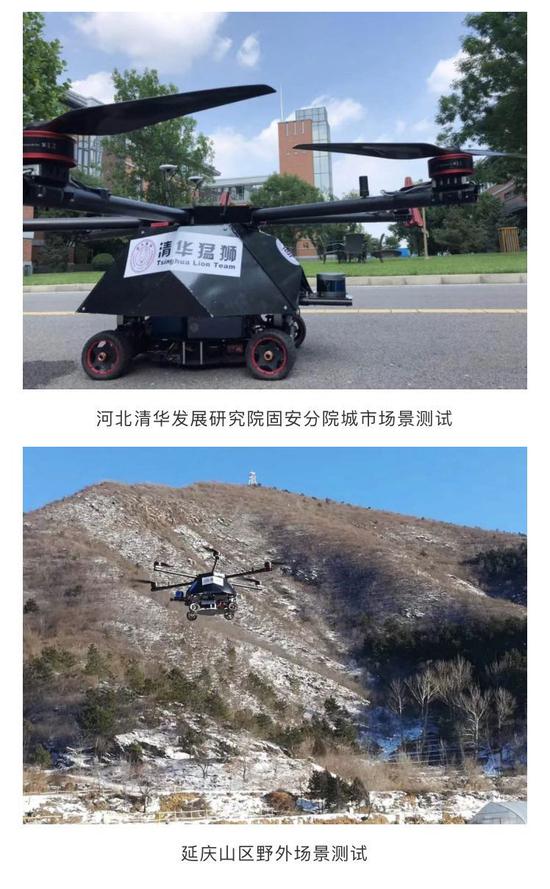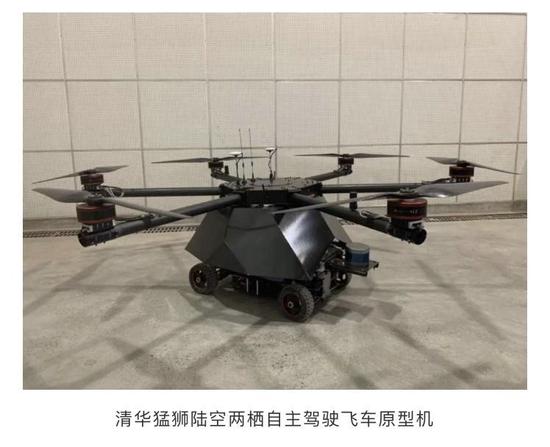Fear sweeps the land. Many businesses collapse. Some huge fortunes are made. Panicked consumers stockpile paper, food, and weapons. The government’s reaction is inconsistent and ineffectual. Ordinary commerce grinds to a halt; investors can find no safe assets. Political factionalism grows more intense. Everything falls apart. This was all as true of revolutionary France in 1789 and 1790 as it is of the United States today.
Analogies between the first months of the French Revolution and our current moment are easy to draw. Fauci, the infectious-diseases expert whom Trump often sidelines or ignores, is Jacques Necker, the popular finance minister to Louis XVI. Necker’s firing in early July 1789 was viewed widely as a calamity: “It was like losing your father,” the mathematician and astronomer Jean Sylvain Bailly wrote in his memoirs. The recent spike in American gun and ammunition sales recalls the Parisians who stormed the Bastille Fortress in the hope of finding weapons and gunpowder. (They incidentally released a handful of individuals imprisoned there, but that was not the crowd’s original intent.) The conflict among city, state, and federal officials over coronavirus-related closures directly parallels 1789’s municipal revolutions, in which some cities had leaders who quickly proclaimed devotion to the new National Assembly, while the leaders of other cities remained loyal to the old structures of absolutist royal power and the mayors and aldermen of yet others were violently deposed.
Much like the past 40 years in the United States and Western Europe, the 1700s were a period of remarkable economic, social, and technological transformation. Comparatively cheap mass-manufactured goods from Britain and China sparked what historians call the 18th-century “consumer revolution.”
As sources of information proliferated, long-standing sources of authority (monarchy, aristocracy, and the established Church) feared losing power and turned reactionary. At the same time, the longer-term transformations on which these social and cultural innovations were built—the growth of European overseas empires and the emergence of settler colonialism, massive silver exports from South and Central America, the trans-Atlantic slave trade—continued, and in ever more brutal forms. More than 6 millionAfricans were sold into slavery in the 18th century—a time that some still call the “Age of Enlightenment.”
In the summer of 1789, as peasants attacked chateaus and revolutionaries vowed to “abolish privilege,” many members of the elite felt that their world had suddenly fallen apart. In truth, it had been disintegrating for decades. Today, as in the 1790s, an old order is ending in convulsions. Even before the coronavirus prompted flight cancellations and entry bans, climate activists were rightly telling us to change our modes and patterns of travel. Even before nonessential businesses were shut by government orders, online shopping and same-day deliveries were rapidly remaking retail commerce, while environmental concerns and anti-consumerism were revolutionizing the fashion industry. The pandemic and resulting public-health crisis have caused an abrupt and salutary revaluation in which cleaners, care workers, grocery-store stockers, and delivery drivers are gaining recognition for the essential work they have been doing all along. Taken together, these changes may not look like a revolution—but real revolutions are the ones that nobody sees coming.
The men and women who made the French Revolution—a revolution which, in a few short and hectic years, decriminalized heresy, blasphemy, and witchcraft; replaced one of the oldest European monarchies with a republic based on universal male suffrage; introduced no-fault divorce and easy adoption; embraced the ideal of formal equality before the law; and, for a short time at least, defined employment, education, and subsistence as basic human rights—had no model to follow, no plans, no platform agreed upon in advance. As the UCLA historian Lynn A. Hunt has argued, they made it up as they went along. Yet for more than two centuries, elements of their improvised politics have been revolution’s signature features: a declared sovereignty, devised symbols, an anthem, war. At the junction Americans face today, however, we need to imitate not the outcome of the French revolution but the energy, creativity, and optimism of the French revolutionaries.
Human beings are responsible both for much of what is wrong and for much of what could be right about the world today. But we have to take responsibility. In hindsight a revolution may look like a single event, but they are never experienced that way. Instead they are extended periods in which the routines of normal life are dislocated and existing rituals lose their meaning. They are deeply unsettling, but they are also periods of great creativity. As some Americans take shelter in their homes from a newly arrived threat and others put their health at risk to combat it, we can all mourn lost certainties, but we can also set about intentionally creating new possibilities. To claim this moment as a revolution is to claim it for human action.
Original post:
https://www.theatlantic.com/ideas/archive/2020/04/revolution-only-getting-started/609463/?fbclid=IwAR3DByO414oVcNbU5VCI_A9a8PEGwiwOzsMKdZdiD8lj4P2hTaJH7gb2Ec4


